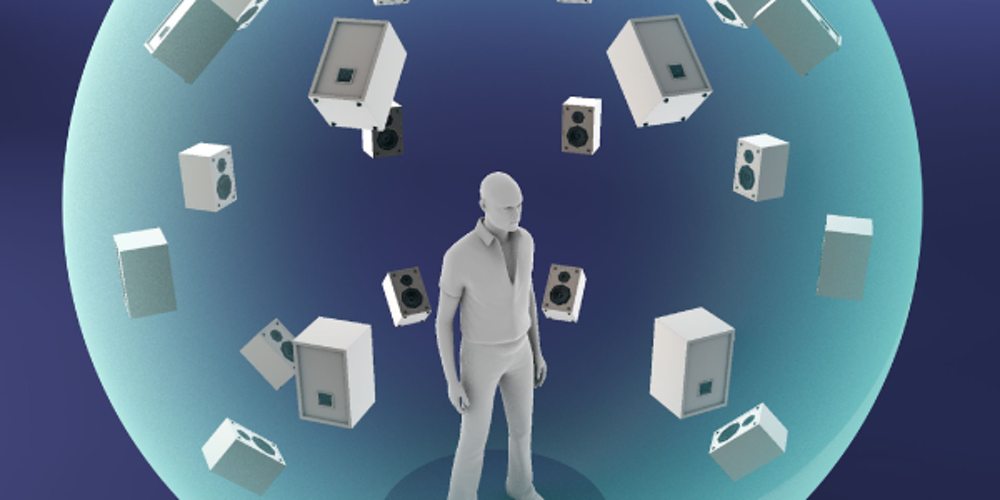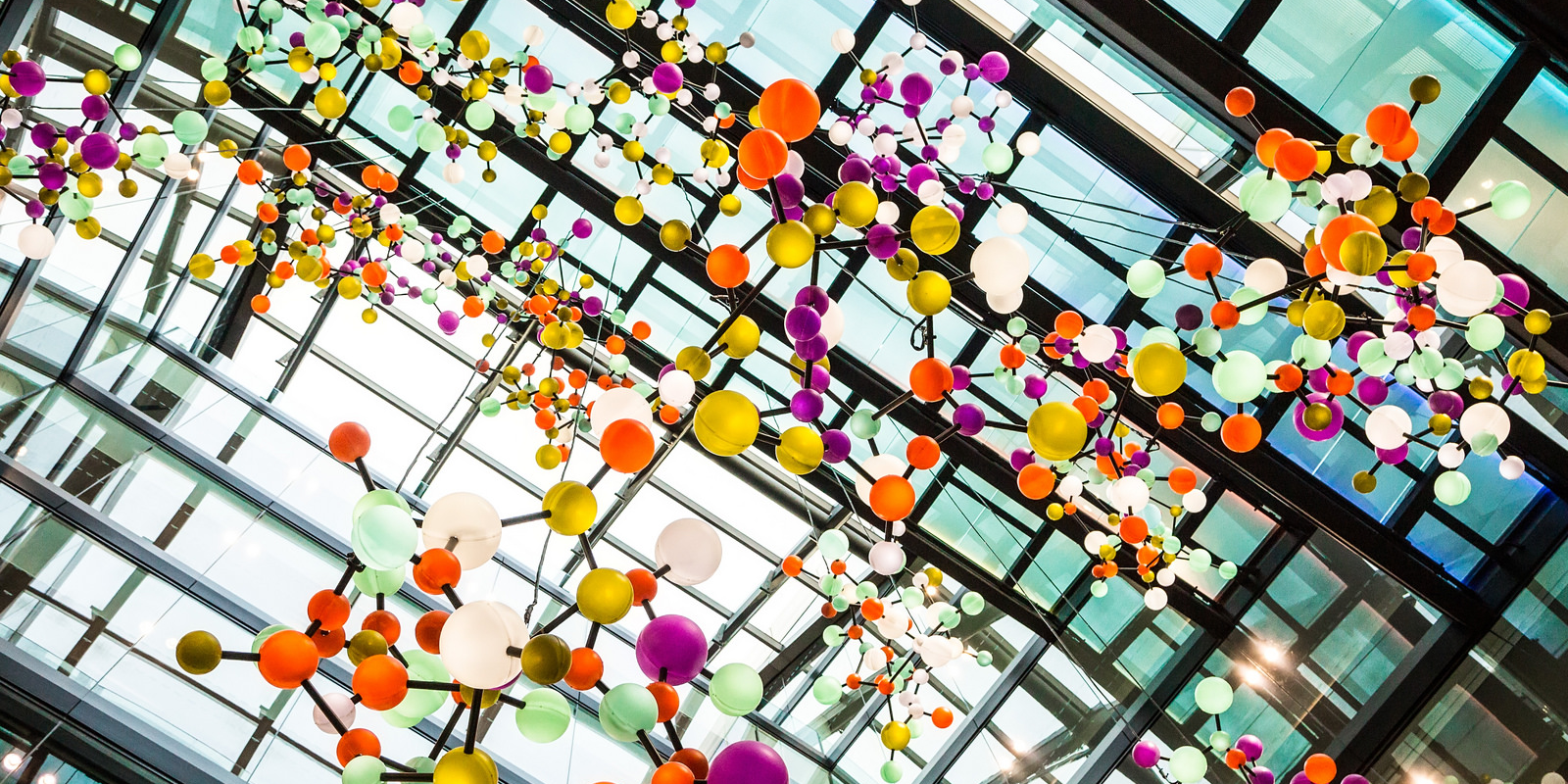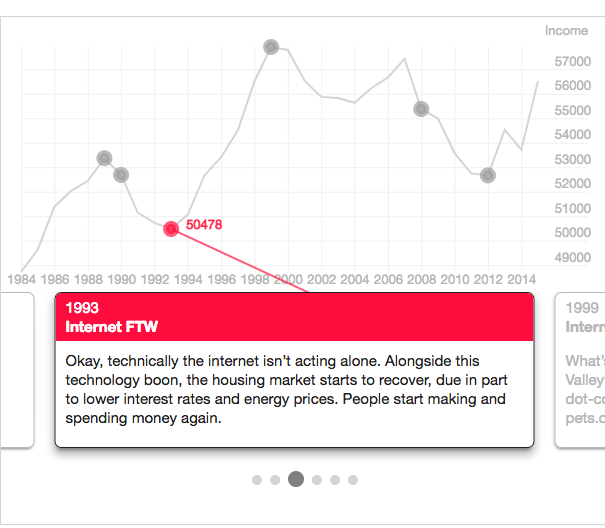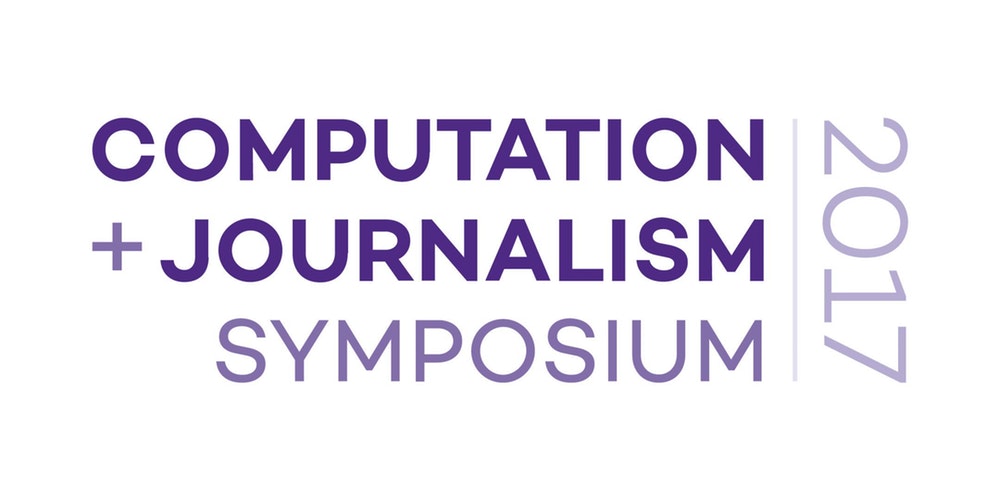Ideas |
Prototyping Augmented Reality
Something that really frustrates me is that, while I’m excited about the potential AR has for storytelling, I don’t feel like I have really great AR experiences that I can point people to. We know that AR is great for taking a selfie with a Pikachu and it’s pretty good at measuring spaces (as long as your room is really well lit and your phone is fully charged) but beyond that, we’re really still figuring...














